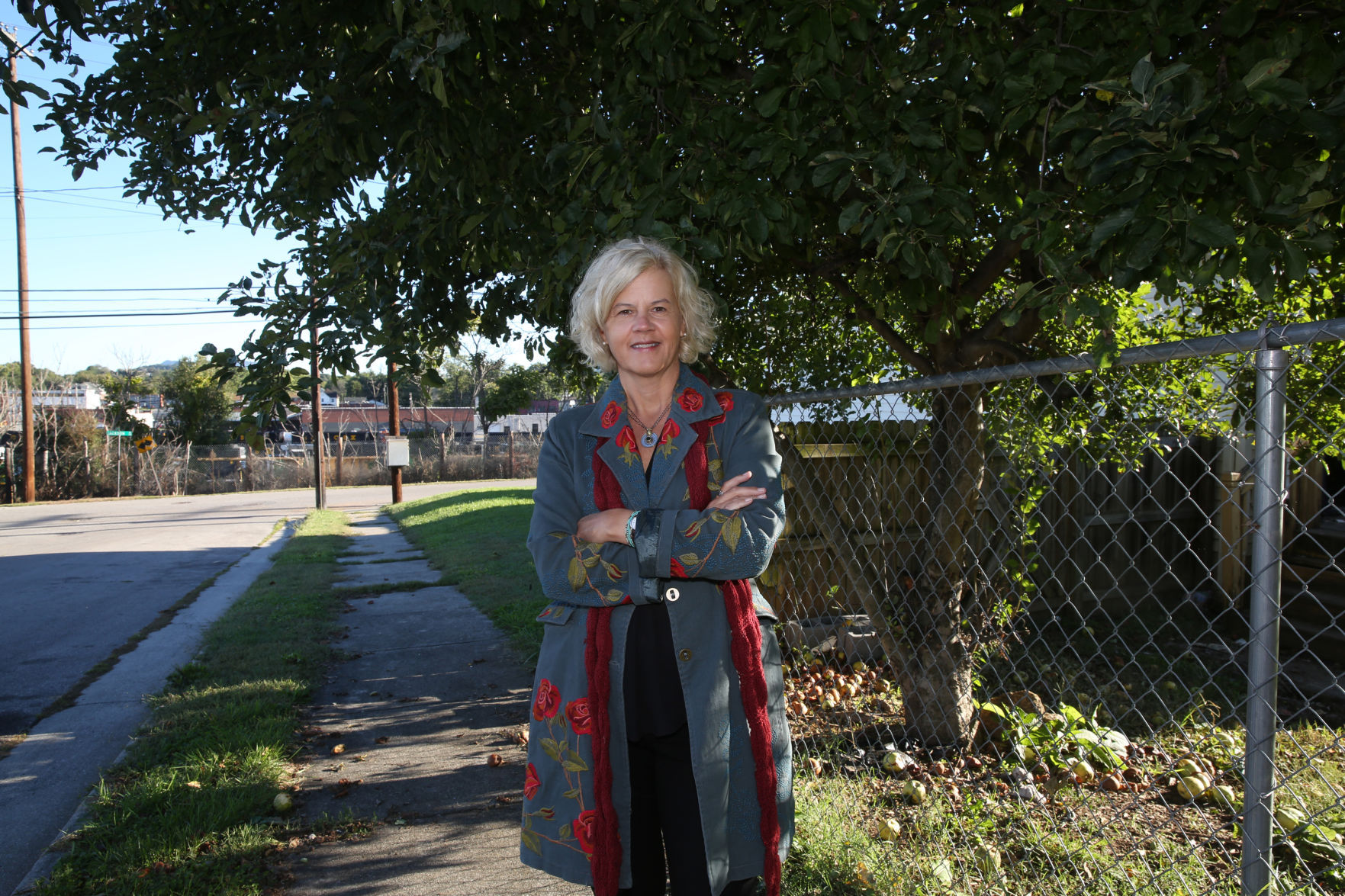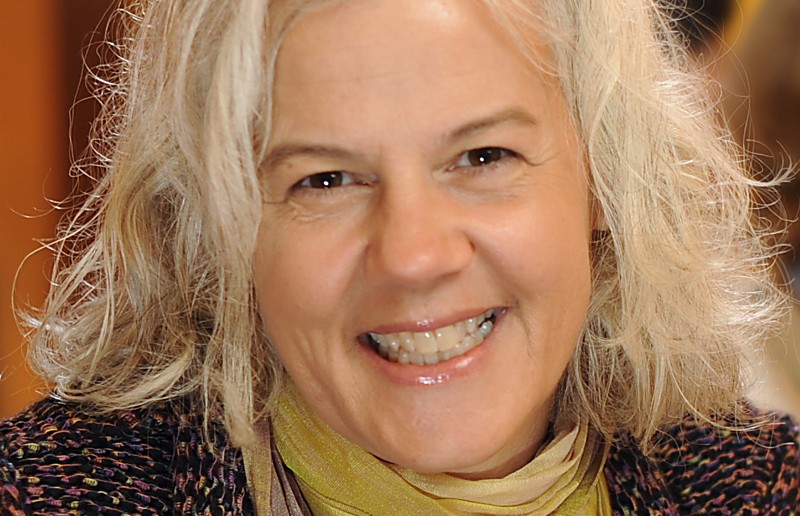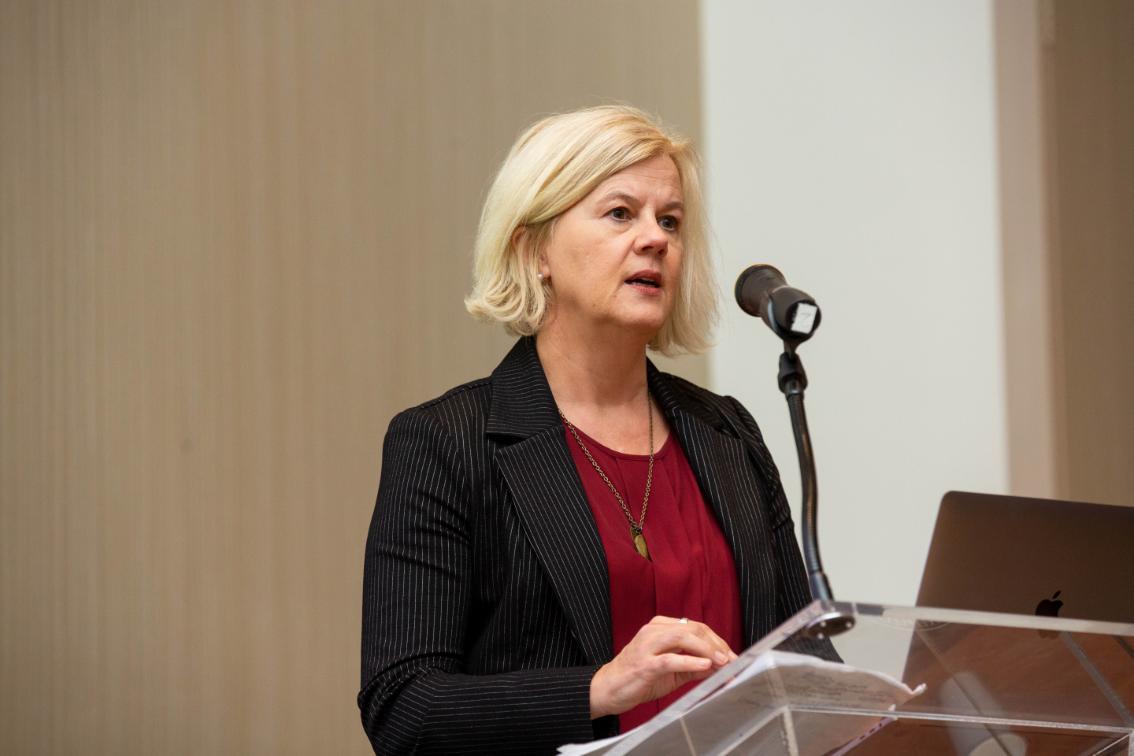

While she gently applies ointment, two Charleston, W.Va., police officers approach and hand him a flier from their stack of eviction notices. One scene captures both the outreach and repudiation: At an encampment behind an IHOP, a social worker squats to minister to a dopesick man in a wheelchair who has just picked maggots out of his infected, injection-related wounds. (The two are often not mutually exclusive.) She angrily watches the pushback to harm reduction, as communities refuse to allow needle exchanges and rail against buprenorphine, claiming incorrectly that it just replaces one addictive drug with another. With her big heart affixed conspicuously to her sleeve, Macy introduces readers to people mired in addiction and to those who seek to help them. Now in “Raising Lazarus,” Macy, no longer struggling with why, has moved on to an even more impenetrable question: How the hell do we extract ourselves from this quicksand? During 2021, a pandemic year that isolated the vulnerable from friends, family and treatment, overdoses grew to nearly 108,000, a terrible record, according to federal data.


Tragically, since the 2018 publication of “Dopesick,” from which the popular Hulu series of the same name was loosely drawn, America’s opioid crisis has only gotten worse. Tess is a major figure in the book, with Macy detailing how, for nearly two years, the author herself would even ferry Tess to rehab support groups, hold her infant during sessions and visit her in psych wards.īut despite Tess’s valiant efforts to wrest free of addiction, her body was found in Las Vegas on Christmas Eve in 2017, naked, covered with burns, inside a plastic bag at the bottom of a dumpster. “ Dopesick,” Beth Macy’s deeply reported account of how opioids came to savage so many Appalachian families, concludes with a wrenching image of Patricia Mehrmann tenderly preparing her 28-year-old daughter, Tess Henry, for burial. RAISING LAZARUS: Hope, Justice, and the Future of America’s Overdose Crisis, by Beth Macy


 0 kommentar(er)
0 kommentar(er)
